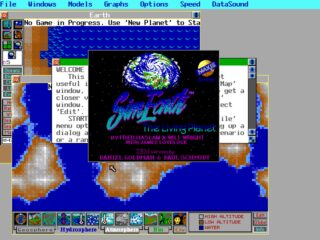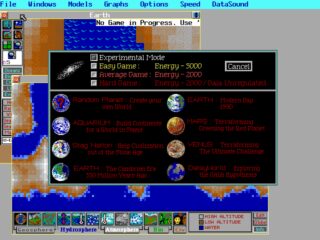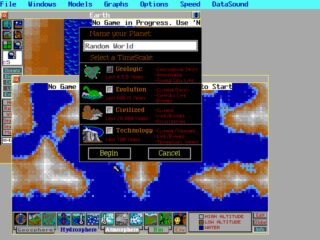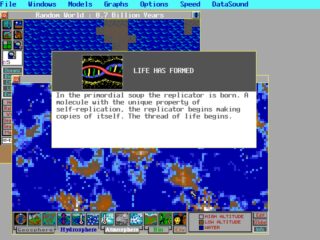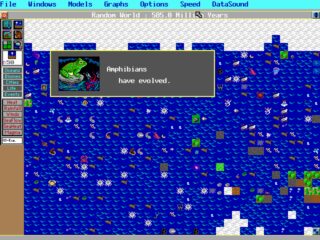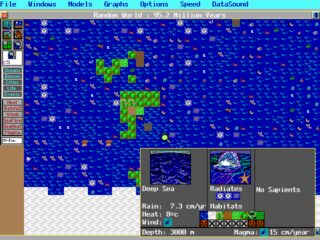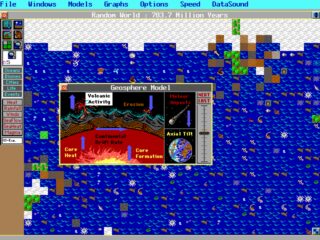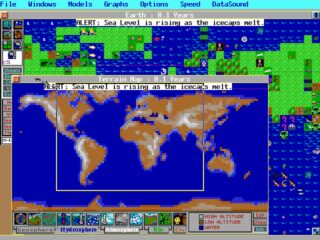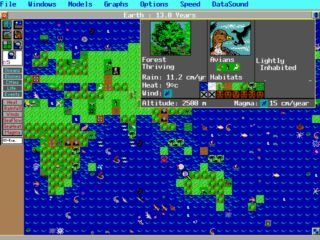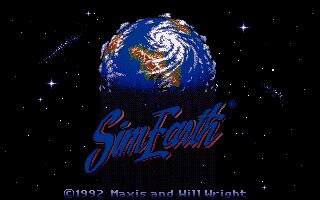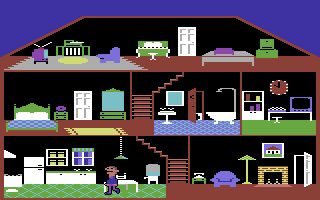SimEarth: The Living Planet is a life simulation game created by Will Wright and published by Maxis Software. It was released for MS-DOS and Macintosh in 1990, one year after the success of SimCity.
Designed by Will Wright, the same visionary behind SimCity, SimEarth extended the simulation genre by offering players the chance to manage not just a city or society, but the entire development of a planet.
The game was released later for additional platforms, including Amiga, TurboGrafx-CD, and Super Nintendo. While the core gameplay remained similar across these platforms, the PC and Mac versions were generally the most fully featured, offering more precise controls and better performance. The Amiga version was pretty good too. It was possible to choose between Hi-res and Low-res versions depending on the available memory (the low-res only had one window visible at a time). While technically impressive, the SNES version was simplified and had a more cumbersome interface due to controller limitations.
In Sim Earth, players are given control over a planet's biosphere, atmosphere, geology, and evolutionary trajectory. You can start from a lifeless rock and guide it through the formation of oceans, the evolution of primitive life forms, the rise of intelligent species, and ultimately, spacefaring civilizations. The simulation is governed by the Gaia Hypothesis, a concept developed by James Lovelock, which suggests that a planet's biological and physical systems interact self-regulating to maintain conditions suitable for life.
One of the game's central challenges is managing energy balance and ecological stability. Natural disasters like ice ages, global warming, asteroid strikes, and mass extinctions can derail progress. Players must also contend with pollution and resource depletion as intelligent life advances toward industrial civilization.
The interface consists of a planet view divided into tiles and several control panels where players can manipulate variables like atmospheric gas ratios, planetary temperature, and species traits. Tools allow you to seed life, terraform terrain, or drop catastrophic events like nukes and meteors. Unlike SimCity, time in SimEarth moves in geological epochs, making it more abstract and less event-driven.
Though critically praised for its ambition and educational value, Sim Earth was considered more niche than its predecessor. Many players found it overwhelming or opaque, and the lack of clear goals made it feel more like a sandbox than a game. Still, it was recognized for its pioneering spirit in simulation design and its emphasis on environmental and scientific themes, which were rare in games of the era.
Its influence can be seen in later Maxis projects such as SimLife and even in Spore, which also tackled evolution and planetary development, albeit in a more gamified form. SimEarth stood out as a unique entry in the early '90s wave of edutainment titles: not exactly a game in the traditional sense, but a richly interactive model of planetary science.

